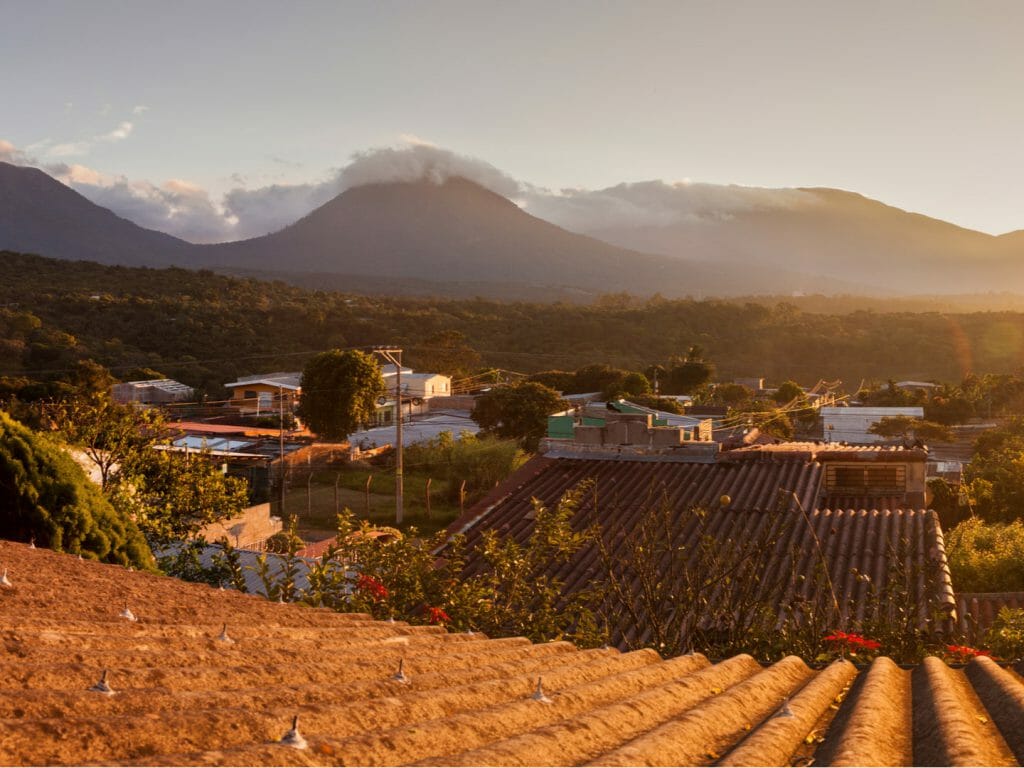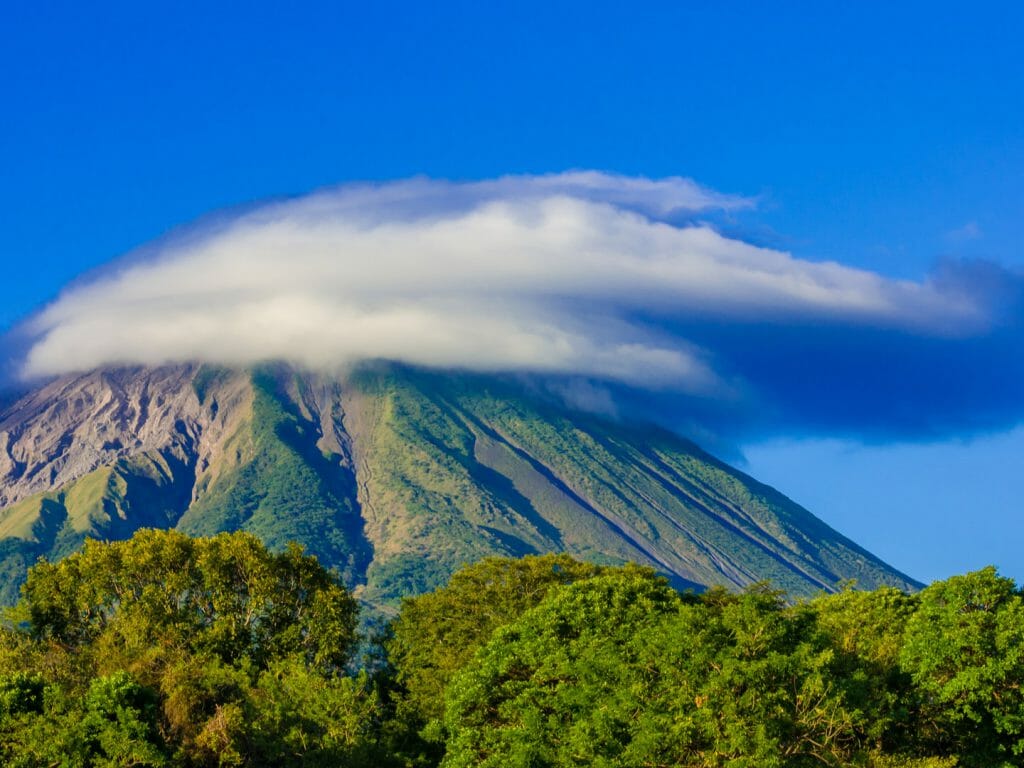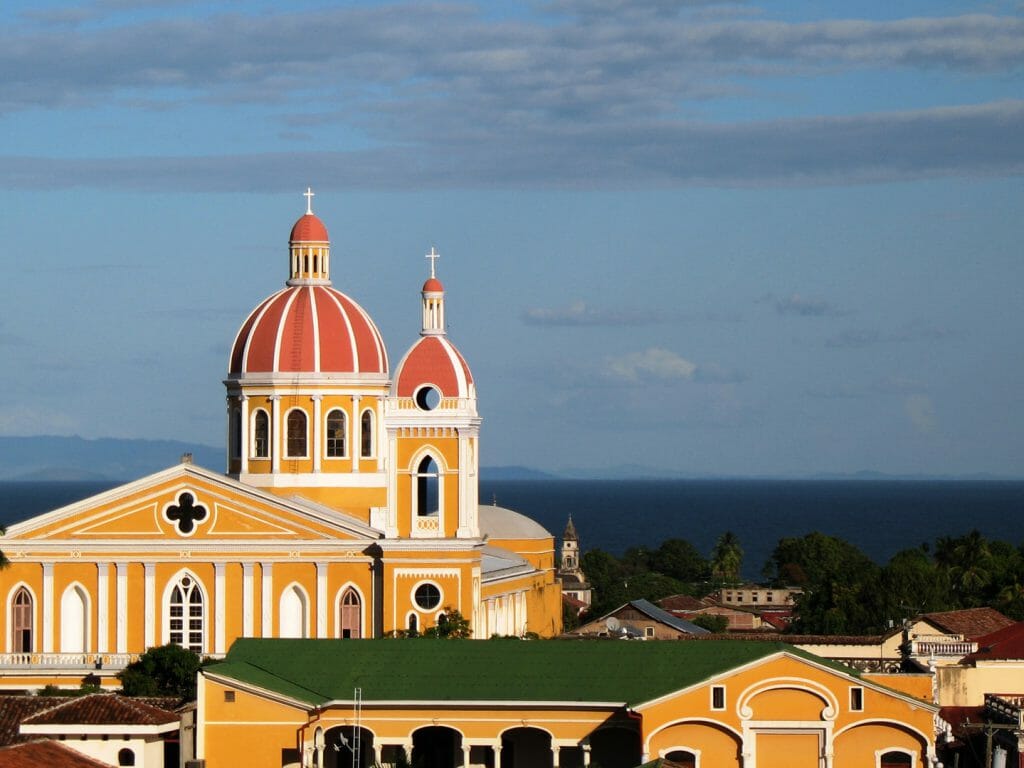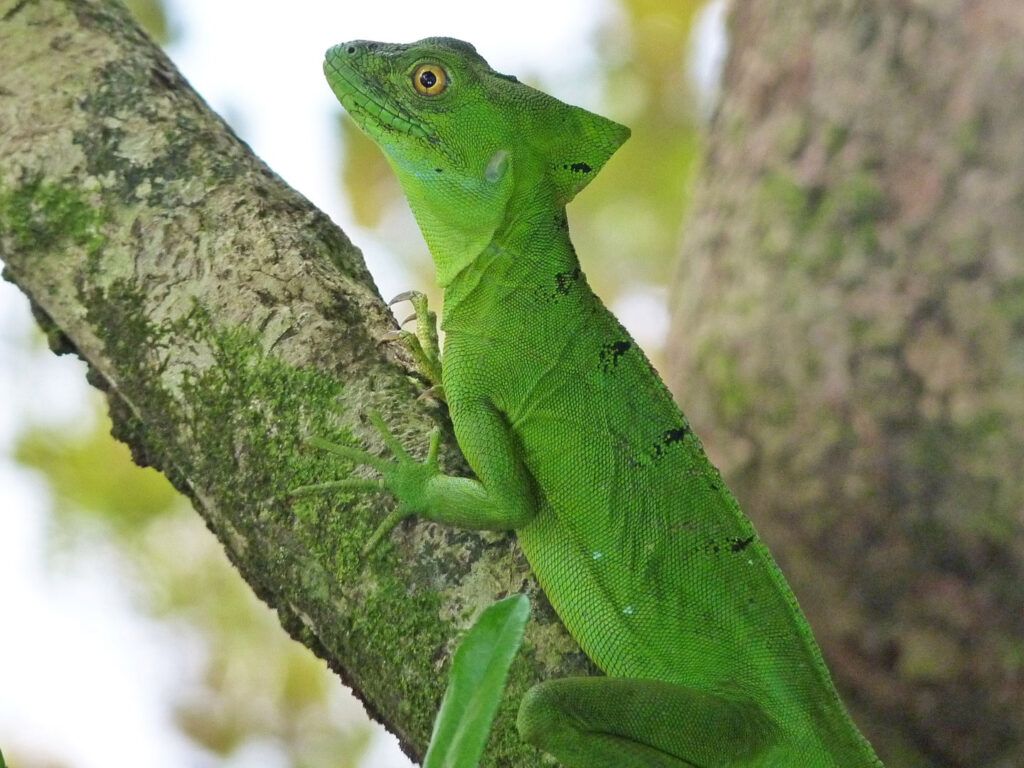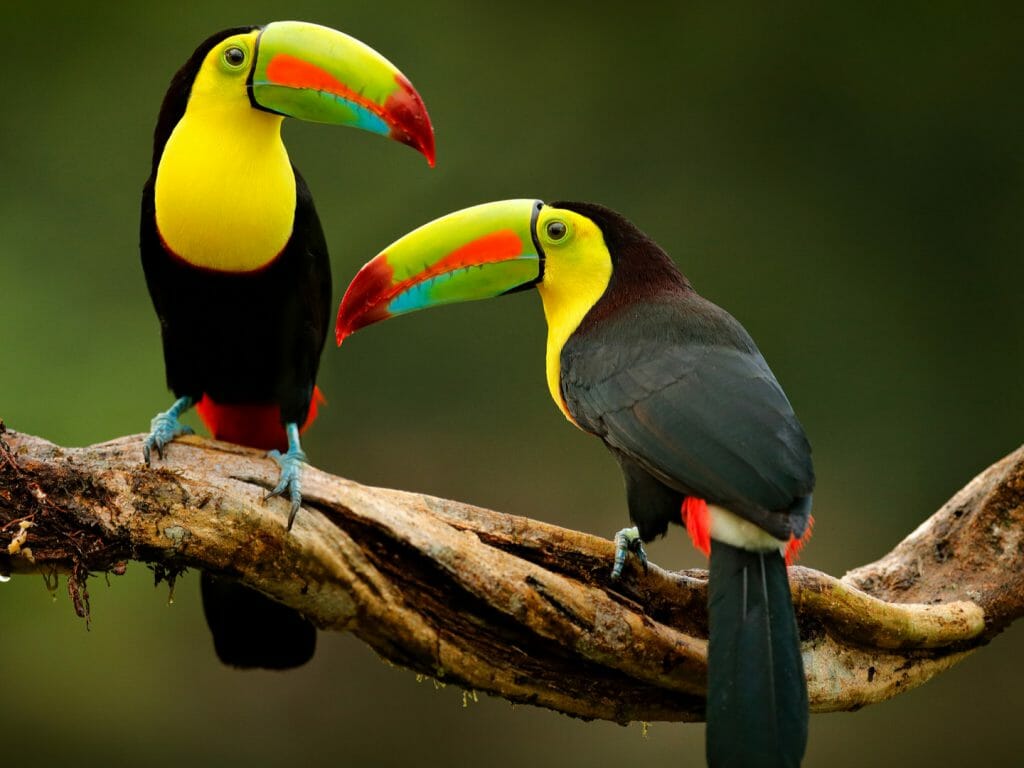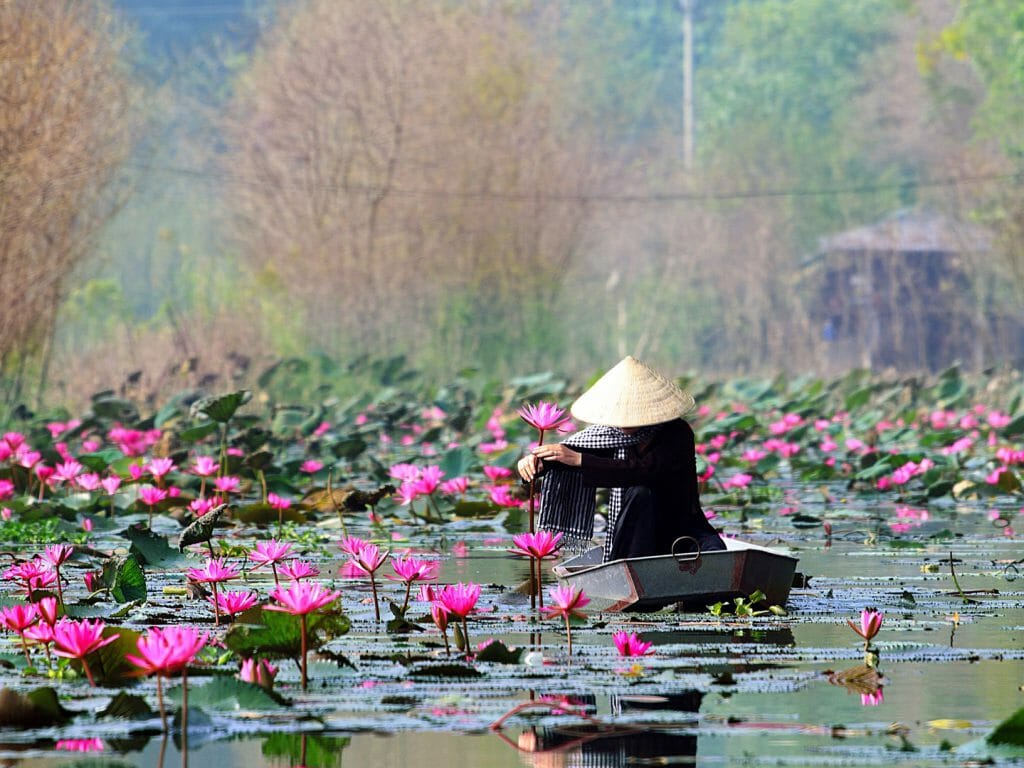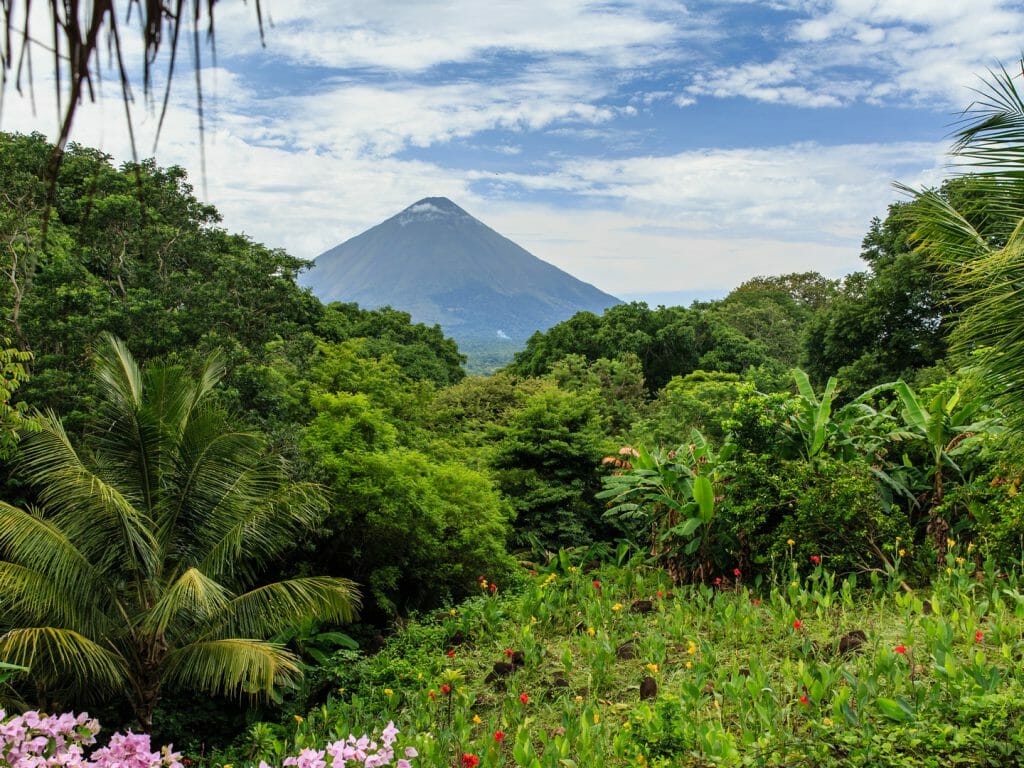“No longer can you see bullet holes on this street,” Eduardo commented as we were leaving Suchitoto.
Minutes later, we pass a Che Guevara mural. In my head I struggle to reconcile that 30 years ago there was fighting even in this town and many did not know who was fighting for who. A couple of hours later we cross the Torola River, where four-eyed fish swim just under the water’s surface, dragonflies dart over the surface of the river whilst tropical flycatchers eye them from above. 30 years ago, the river served as a line of demarcation of guerrilla territory.
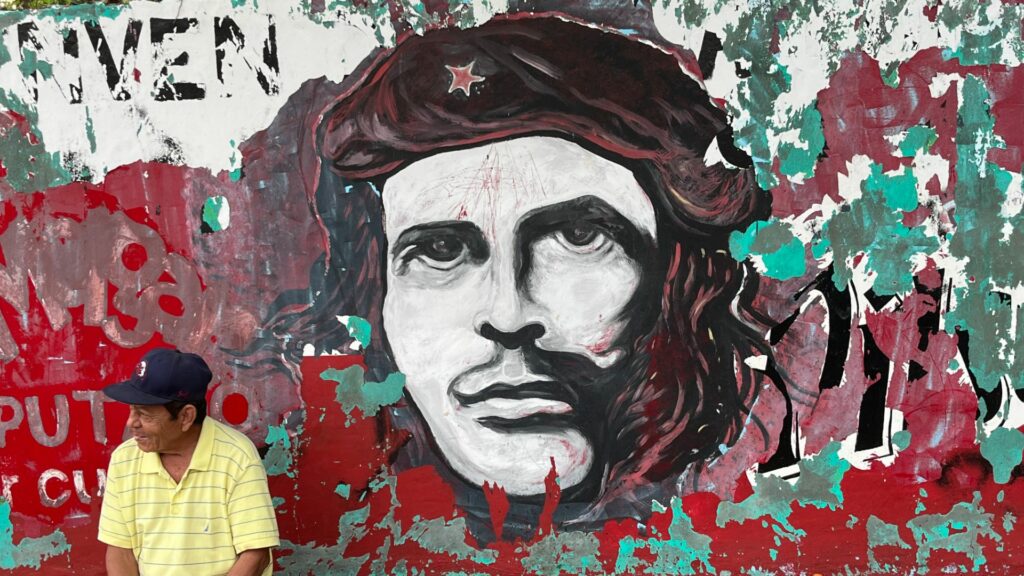
Half an hour later we arrive in Perquin in the north of the country, some forty minutes from the border with Honduras, to be made all too aware of the Civil War.
We were met by Felipe and his thousand yard stare. Felipe had been a guerrilla and explained that the four simple rooms that made up the Museum of the Revolution were a testament to what had happened and a historical reference for future generations not to follow the same path. As he went on to explain how the war started – coffee and land – who the chief protagonists were and the involvement of the wider world, I thought of this rhetoric. Not least when he went on to say that “both sides made mistakes.”
The Salvadoran Civil War was a twelve year period of civil war that was fought between the government of El Salvador and the Farabundo Marti National Liberation (FMLN), an umbrella organisation of left-wing groups backed by Cuba and the Soviet Union. The war began with a coup in October 1979 and the assassination in March of Archbishop Oscar Romero, whose sculpture stands in Westminster Abbey. It ended in January 1992 with the signing of the Chapultepec Peace Accords.
The UN reports that the war killed more than 75,000 people between 1979 and 1992, along with approximately 8,000 missing persons. Human rights violations – particularly the kidnapping, torture and murder of suspected FMLN sympathizers by state security forces and paramilitary death squads – were pervasive.
The Salvadoran government was considered an ally of the U.S in the context of the Cold War, with the Carter and Reagan administrations providing US$1 to 2 million per day in economic aid to the Salvadoran government.
Counterinsurgency tactics implemented by the Salvadoran government often targeted civilian non-combatants. Overall, the UN has estimated that FMLN guerrillas were responsible for 5 percent of atrocities committed during the civil war, while 85 percent were committed by the Salvadoran security forces.
My opinion changed when I asked Felipe about his own personal involvement in the war, his personal story.
He spoke matter-of-factly that his cousins had died, his brother survived fighting for 12 years before being killed and then he joined the guerrillas in 1989, aged just 17.
“So you joined to support them? For revenge?”
“No, I joined because of the injustice,” he said with real feeling. He was adamant that he was not fighting for money or power and you got a strong sense of that.
I asked, “ You are passionate about why you fought. And equally passionate about teaching future generations. Knowing what you/we now know, if we wound the clock back to 1989 would you fight again?”
“No war.”
The strength of those two words spoke volumes about the many that did not fight for money, about those who had rejected compensation from the government and the many leaders who had turned their backs on the ordinary people.
In asking if I could take his photo, Felipe replied, “I am not afraid of anything.” Again that steely determined look.
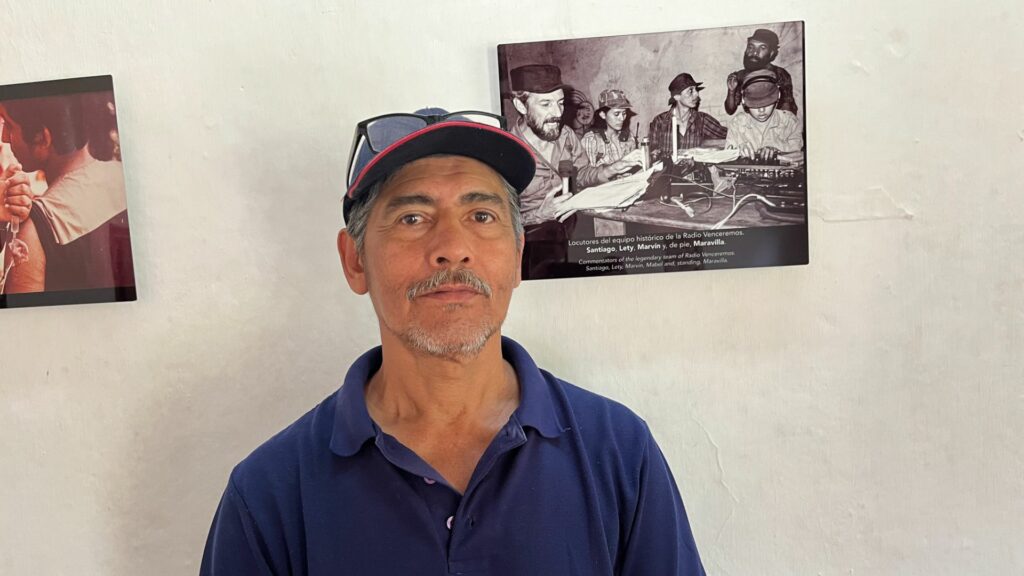
It was only as we were leaving that I appreciated that Felipe was his nom de guerre.
The legacy of the war lives on in U2’s ‘Bullet the Blue Sky’, in weapons caches that no one now knows where they are, in the fact that one does not pick up a hitchhiker.
Yet much has changed. Approximately 40% of the estimated 6.5 million population – the last census was completed in 2007 – are under 30 and thus born after the Civil War. Many of the teachers with a left-leaning background are not around, parents and grandparents are reluctant to talk about the war, so surprisingly little is known of it.
A once predominantly Catholic population is now said to be only 50% with most subscribing to the century old religion of football. The lack of smoking throughout the country is impressive. Drivers are relaxed – flashing someone with your lights is acceptable, not something that would be tolerated in either of its neighbours.
The list continues. The current President deals with the Chinese. There is investment in renewable energies from biomass to solar to the country taking a lead on geothermal. Crypto currency is in theory accepted although in reality very little is.
The richness of the ground ensures that all are well fed. This does not mean that there is no poverty – the life of the farmer, normally those in cowboy hats, is hard. $5 per day, $200 per month. There is no social security and many are reliant on remissions from overseas and thus, in turn, dependent on the US government continuing to allow the $ to be used as the currency. There are thought to be some 3 million Salvadoreans in North America.
The country’s future is by no means assured but it is very different from when Eduardo, aged 27 and working in the US, received a call from his mother not to come home. “I lost my visa. I saved my life.”
“Our history is a tragedy,” comments Eduardo. Perhaps, the future will be different.
Holiday Inspiration:


